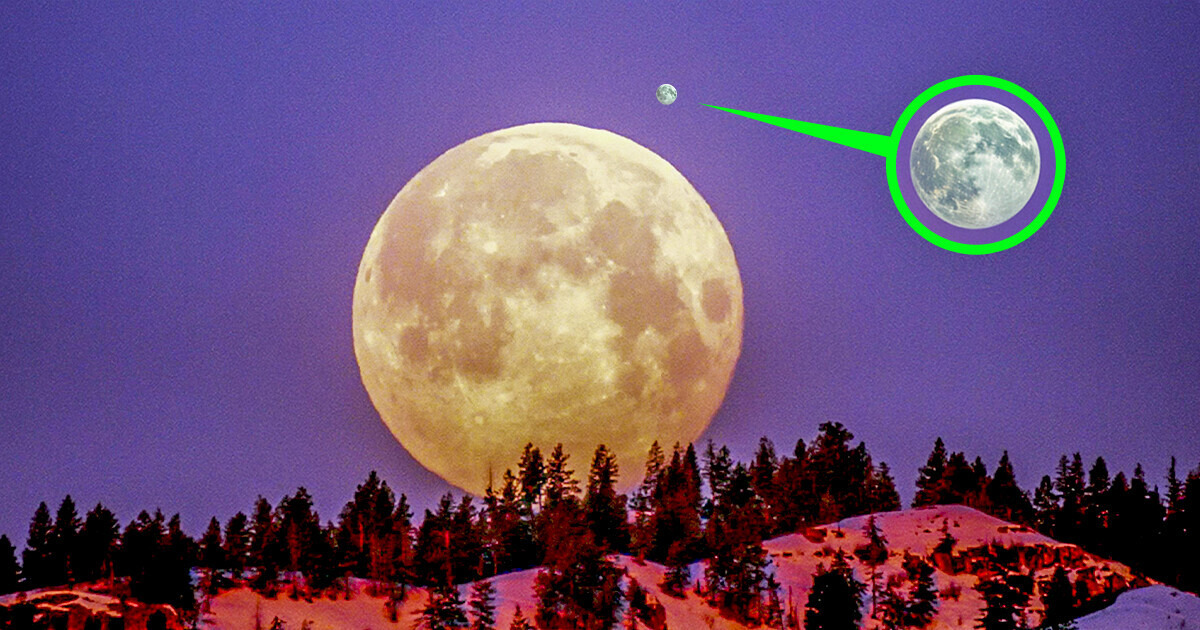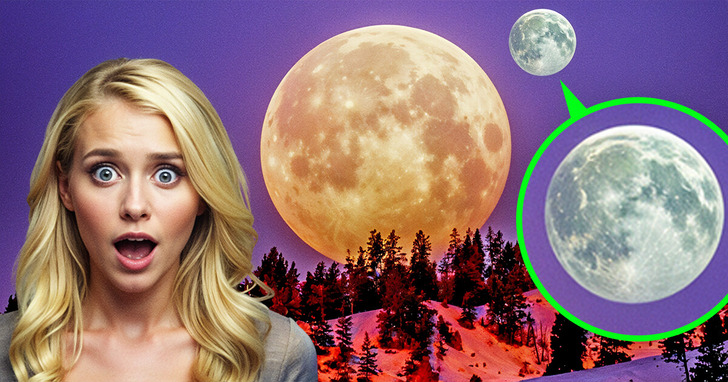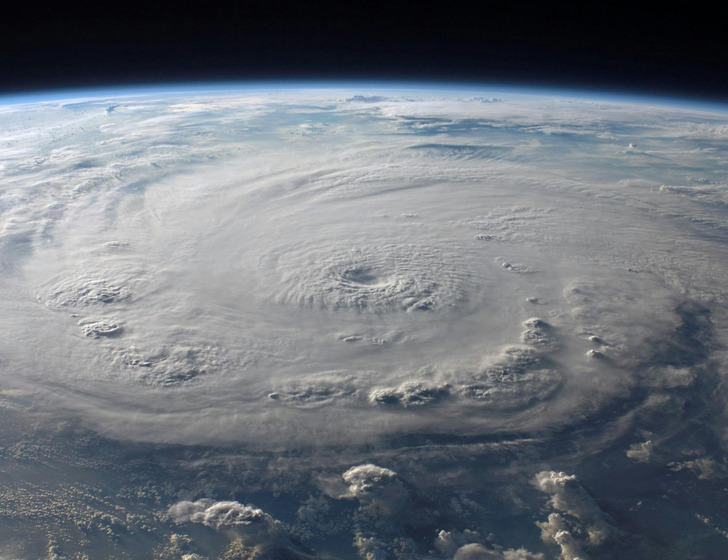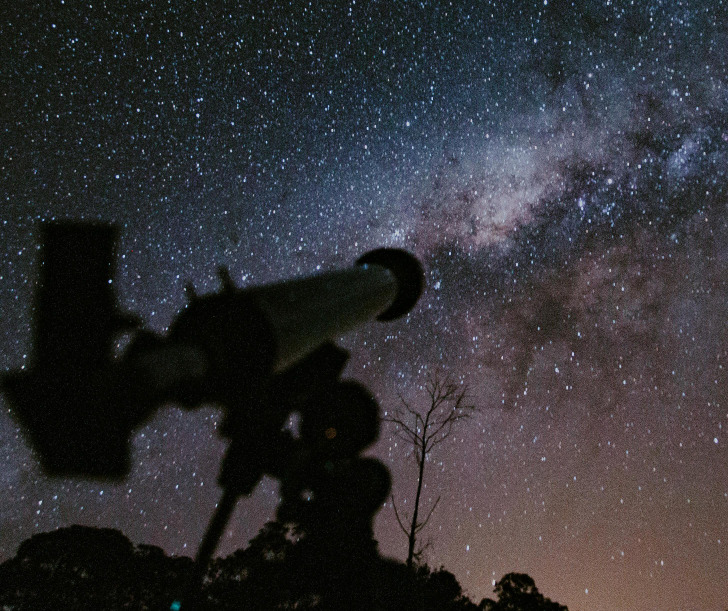yes!!!
Earth Officially Has Two Moons Now, and What It Means For Us

Exciting news, everyone! The moon has a new little buddy — a mini-moon! But before you get too thrilled, know that this cosmic guest is just passing through. This pint-sized asteroid will be hanging out with us for about two months, until November 25, before it returns to its usual hangout — a cozy spot in the asteroid belt orbiting the sun. Let’s see how our tiny visitor’s stay might shake things up for us and our planet!
What is a mini-moon?

A mini-moon is like a space rock tourist that gets temporarily snagged by Earth’s gravity, making it orbit our planet for a little while — usually just a few weeks or months. Unlike our trusty moon, which sticks around for the long haul, mini-moons are more like wandering hitchhikers of the cosmos, swinging by for a quick visit before heading off on their next adventure. These little guys are pretty tiny — just a few meters wide — so spotting one is tricky, and they often come and go without anyone noticing.
The Asteroid Terrestrial-impact Last Alert System (or ATLAS) spotted this new guest, a 10-meter-wide asteroid dubbed 2024 PT5, on August 7. They predict it’ll do a few laps around Earth from September 29 to November 25 before it breaks free of our planet’s gravitational grip and zooms back into space For just 57 days, this tiny rock will be hanging out in our neighborhood.
How does Earth get a second moon?
Asteroids are like cosmic introverts — they pass by Earth all the time, but most of them keep things low-key. The small ones come and go without much fuss, while the bigger, more dramatic types only make headlines once in a few million years.
Just like other solar system travelers, asteroids are driven by the Sun’s gravity, zipping through space on their predetermined paths. Scientists work hard to track these space rocks — not only to keep an eye out for any potential collisions but also to learn more about their mysterious properties.
Now, even though 2024 PT5 is a tiny little rock, that’s not the reason it doesn’t count as a real moon. When it comes to being called a moon, size doesn’t matter — it’s all about whether the object starts orbiting another body. Take our regular moon, for example, it orbits Earth in a nice elliptical path, completing one lap roughly every month. Its gravity pulls at our planet, stretching it just enough to resemble a slightly squashed football. This cosmic tug-of-war is what shapes the tides, affecting everything from marine life to our ability to navigate the seas.
“Just about every living being is affected in some subtle or strong way by the lunar cycles. So, we’re pretty tightly bound to our moon in a big way,” says Thomas Statler, the lead scientist for solar system small bodies at NASA Headquarters.
What does this new moon mean for Earth?
Honestly, it’s not going to change life as we know it — no dramatic cosmic events here. This mini-moon is only about the size of a large truck, so it won’t mess with the tides, the weather, or anything else on Earth. Think of it more like a quirky space guest than a serious game-changer.
But for astronomers and stargazers, it’s a fun opportunity to study a nearby visitor and learn more about these drifting space rocks. And hey, it gives Earth the rare bragging rights of being a two-moon planet for a short time! Not a bad addition to our planetary résumé, right?
How long will this mini-moon stay?
This mini-moon is more of a short-term guest than a permanent resident. It’ll be hanging around Earth from September 29 to November 25, giving us a couple of months with a bonus moon before it decides to move on. So, soak up the double-moon vibes while you can! After that, this little visitor will slip out of Earth’s gravitational grip and continue its adventure around the Sun, leaving us with our faithful old moon once more.
Scientists predict that the space rock will not come into Earth’s orbit again until 2055.
Can we see the mini-moon?
Spotting this mini-moon is no easy task. It’s more like a space pebble — about 10 meters long, the size of a city bus — so don’t expect it to light up the night sky like our usual moon. Even with a telescope, catching a view will be a real challenge since it’s so small and distant.
For most of us, it’s a job best left to the pros with their high-tech gadgets. But hey, there’s something pretty cool about knowing it’s out there, twirling around in its little cosmic dance, don’t you think?
What happens when a mini-moon leaves orbit?
When a mini-moon decides it’s time to leave Earth’s orbit, it’s breaking up with our gravity and heading back out into space. After spending some time spinning around with us, it gathers enough speed to slip away and resumes its usual routine of orbiting the Sun, like any other space rock.
Don’t expect any grand finale — no explosions, no cosmic confetti — just a quiet exit as it drifts back into the great beyond. Earth goes back to its one-moon life, and the mini-moon continues its solo adventure through the cosmos.
Have there been other mini-moons?
The short answer is yes. 2024 PT5 isn’t Earth’s first mini-moon rodeo. Our planet has a habit of snagging Near-Earth Asteroids and pulling them into orbit for a bit.
“There have been mini-moons that are way more mini-moonier than this one is, and there will be in the future,” says Statler. Fortunately, scientists are getting better at spotting these tiny visitors. Back in 2016, they discovered Kamo’oalewa, a quasi-moon that plans to stick around for the next 300 years.
Named after the Hawaiian phrase for ‘oscillating fragment,’ Kamo’oalewa is about the size of a Ferris wheel. While it seems to dance along with Earth’s orbit, it’s actually outside our planet’s gravitational grip — so it doesn’t quite cut a true mini-moon.
In 2020, a tiny asteroid named 2020 CD3 was discovered orbiting Earth. It had been hanging around for a few years before deciding to break free and drift off the next month.
Get ready for a bigger cosmic event in 2029.
Looking ahead, the next big asteroid to zoom past Earth will be Apophis, a 1,000-foot-wide rock set to whiz by April 2029. It won’t get caught in our orbit, it’s moving way too fast for that, but it’ll come close enough to give us a great view, about ten times closer than the Moon! It might feel a bit more nerve-wracking than 2024 PT5’s flyby, but for asteroid enthusiasts, it’s a thrilling event.
“Asteroids are not just things to be scared of. The skies are full of great things, of wondrous things,” says Andrew Rivkin, a planetary astronomer at Johns Hopkins University Applied Physics Laboratory. “The skies are full of great things, of wondrous things.”
And with 2024 PT5, we’re getting a front-row seat to one of those cosmic wonders.
Check out 11 Warning Signs of Natural Phenomena Each of Us Should Know to be prepared for all weather events.
Comments
FIRST!
yay!
Related Reads
Brad Pitt’s Chin Transformation Leaves Fans Shocked, “He Looks Really Healthy Now”

8 Principles of Raising a Girl That Can Help Her Reach All Her Goals, Despite Outdated Stereotypes

16 Stereotypes That Modern Parents Should Leave in the Past

I Refuse to Sacrifice My Retirement Dream for My Unemployed Son

My Sister Refused to Let Me Be in Her Wedding, and the Reason Shattered Me

I Absolutely Refuse to Delay My Retirement to Save My Spoiled Daughter and Her Son

I Absolutely Refuse to Tolerate My DIL’s Laziness, My Son Deserves a Wife, Not a Freeloader

13 Family Conflicts That Sound Straight Out of a Soap Opera

13 Times People Accidentally Uncovered Someone’s Biggest Secret

15 People Who Didn’t Want a Cat but Were Chosen by Fate Anyway

I Discovered My Firm Was Secretly Hiring for My Position—HR’s Response Shocked Me

15 Animal Stories That Prove Kindness Is a Language Every Living Being Speaks




